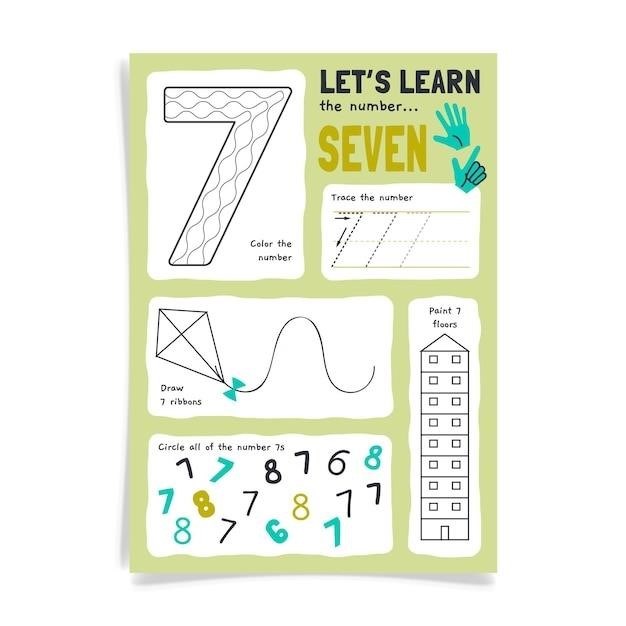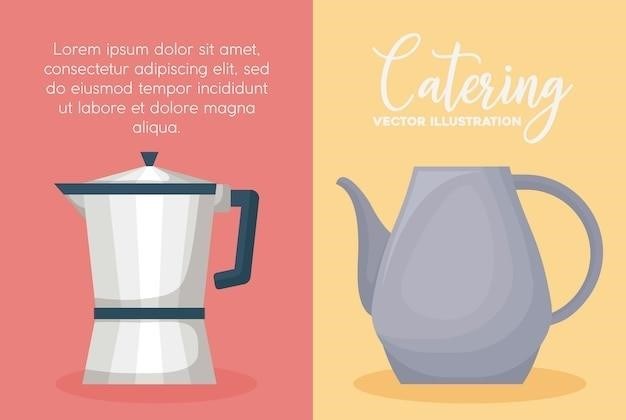Can You Put a Remote Start on a Manual Car?
You may have heard that it’s impossible to install a remote start on a manual car, but that’s not entirely true. While remote starting a manual transmission vehicle presents unique challenges, there are solutions available that can make it a safe and convenient option. Several remote start brands, like Compustar and Viper, offer systems specifically designed for manual cars. These systems are equipped with features to address safety concerns associated with manual transmissions, such as ensuring the clutch is engaged and confirming the neutral position. So, if you’re considering a remote start for your manual car, it’s definitely worth exploring the options available.
The Challenges of Remote Starting a Manual Transmission
Remote starting a manual transmission vehicle presents unique challenges compared to automatic cars. The primary obstacle lies in the absence of a neutral sensor in most manual transmissions. Unlike automatic cars, where the transmission automatically shifts into neutral when the engine is off, a manual car requires the driver to manually engage the neutral position. This lack of a neutral sensor makes it difficult for a traditional remote start system to verify that the transmission is in the correct position before starting the engine. Furthermore, the clutch engagement mechanism in a manual transmission poses another challenge. To prevent unintended movement, most remote start systems for manual transmissions employ a clutch interlock feature that requires the clutch pedal to be pressed before the engine can start. However, this feature can sometimes be unreliable, potentially leading to a false positive or a failed start. While some systems have advanced safety features, such as confirmation of the neutral position, others require the driver to manually engage the clutch, adding an extra step to the process. Despite these challenges, advancements in remote start technology have made it possible to install remote starters in manual transmission vehicles with careful consideration and the right system.
The Importance of Safety
Safety is paramount when considering a remote start system for a manual transmission car. Unlike automatic cars, where the transmission automatically shifts into neutral when the engine is off, a manual car requires the driver to manually engage the neutral position. This lack of a neutral sensor means that a remote start system must be carefully designed to prevent unintended movement. The risk of the car rolling or starting in gear without the driver’s knowledge is a serious concern. A remote start system that fails to accurately engage the clutch or confirm the neutral position could lead to premature wear, compromise vehicle performance, and pose a significant safety hazard. The system must be able to reliably engage the clutch, verify the neutral position, and incorporate additional safety features like a parking brake interlock to prevent the car from rolling. Choosing a remote start system specifically designed for manual transmissions, with a proven track record of safety and reliability, is crucial to ensuring a safe and enjoyable experience.
The Role of the Clutch
The clutch plays a critical role in enabling a remote start system to function safely on a manual transmission car. Unlike automatic transmissions, which automatically disengage the engine from the drivetrain when shifting, manual transmissions require the driver to manually operate the clutch pedal. This engagement of the clutch is crucial for smooth gear changes and prevents the engine from stalling. In the context of remote starting, the clutch becomes a key safety mechanism. A properly designed remote start system for a manual transmission must include a method to ensure the clutch is engaged before the engine starts. This could involve incorporating a sensor that detects clutch engagement or a system that uses a specific sequence of actions to confirm the clutch is in the correct position. A reliable clutch engagement system is essential to prevent the car from lurching forward or backward when the engine starts remotely. It also helps to avoid premature wear on the clutch and transmission components, ensuring the longevity of the vehicle.
Remote Start Systems for Manual Transmissions
While the concept of remote starting a manual car might seem daunting, specialized remote start systems are designed specifically to address the unique challenges of manual transmissions. These systems go beyond the standard remote start functionalities found in automatic vehicles and incorporate features that ensure safety and reliability. They often feature a neutral safety switch that prevents the car from starting unless it’s in neutral. Some systems even include a clutch engagement sensor that verifies the clutch pedal is pressed before starting the engine. This prevents the vehicle from moving unexpectedly when the engine is remotely activated. Additionally, these systems typically require the driver to engage the parking brake before starting the car remotely, further reinforcing safety protocols. The installation process might also involve bypassing the clutch interlock, a mechanism that normally prevents the engine from starting unless the clutch is engaged. This bypass allows the remote start system to function safely without the need for the driver to manually operate the clutch. By incorporating these safety features and bypass mechanisms, remote start systems for manual transmissions offer a convenient and reliable solution for warming up the car or pre-cooling it before driving, while ensuring the vehicle remains safely stationary.
Installation Considerations
Installing a remote start system on a manual transmission vehicle involves several considerations that differ from those for automatic cars. The complexity of the installation process and the need for specialized knowledge make it advisable to seek professional help from experienced installers familiar with manual transmission systems. The installer will need to carefully assess the vehicle’s wiring and electronic systems to determine the best approach for integrating the remote start system. This may involve tapping into existing wires, installing additional sensors, and making adjustments to the vehicle’s electrical system. The installer will also need to ensure that the remote start system interacts seamlessly with the car’s existing security system and other electronic components. It’s crucial to choose a reputable installer who can guarantee a professional and safe installation, ensuring the remote start system operates smoothly and reliably without compromising the vehicle’s safety or performance. Proper installation is essential for ensuring the system functions correctly and doesn’t cause any unintended issues or complications. Choosing a skilled and experienced installer can help avoid potential problems and ensure a successful and hassle-free remote start experience for your manual car.
The Benefits of Remote Starting a Manual Car
While remote starting a manual car presents unique challenges, it offers several advantages that can significantly enhance your driving experience. One of the most notable benefits is the ability to warm up your car on cold mornings, ensuring a comfortable and enjoyable ride from the moment you get in. Remote starting allows you to preheat the engine and cabin, eliminating the need to endure a chilly drive until the heater kicks in. This is especially beneficial in colder climates where temperatures can drop significantly overnight. Additionally, remote starting can be a valuable safety feature in extreme heat, allowing you to cool down the car before entering, particularly on hot summer days. Remote starting can also be a convenient way to defrost your windshield on frosty mornings, saving time and effort. Beyond comfort and convenience, remote starting can also offer peace of mind in certain situations. If you’re waiting for a ride or need to run a quick errand, you can start your car from a distance, ensuring it’s ready when you are. Remote starting can also be helpful in situations where you need to keep the engine running for a short period without being in the car, such as when charging a battery or using a device that requires power. By incorporating safety features and addressing the unique challenges of manual transmissions, remote start systems can offer a range of benefits that enhance both convenience and comfort for manual car owners.
Popular Remote Start Brands for Manual Cars
While many remote start brands cater to automatic transmissions, a few stand out for their commitment to offering solutions for manual car owners. Compustar is a leading name in the remote start industry and is known for its innovative systems designed for both automatic and manual transmissions. Compustar’s remote start systems for manual cars include features that ensure the clutch is engaged and the transmission is in neutral before starting the engine, prioritizing safety and reliability. Another popular option is Viper, a brand renowned for its advanced security and remote start systems. Viper offers a range of remote start systems specifically tailored for manual transmissions, addressing the unique challenges and safety concerns associated with these vehicles. Viper systems typically include features like neutral confirmation and clutch engagement checks, ensuring safe and reliable operation. EasyGuard is another reputable brand that provides remote start systems for manual cars. EasyGuard offers a selection of systems with varying features and functionalities, catering to different budgets and needs. Their remote start systems for manual transmissions are designed to be user-friendly and reliable, offering convenient and safe operation. These brands are known for their dedication to developing remote start systems that are compatible with manual transmissions, providing car owners with a safe and convenient way to enjoy the benefits of remote starting. When choosing a remote start system for your manual car, it’s essential to research brands that specialize in manual transmission compatibility, ensuring a smooth and reliable experience.
The Cost of Installing a Remote Start
The cost of installing a remote start system on a manual car can vary significantly depending on several factors, including the brand and features of the chosen system, the complexity of the installation, and the labor costs in your area; Generally, the cost of the remote start system itself can range from around $100 to $500, with higher-end systems offering additional features and capabilities. The installation process can be more complex for manual transmissions, requiring specialized knowledge and potentially additional labor time. Installation costs typically range from around $100 to $300, depending on the installer’s experience and the time required for the installation. It’s important to note that some installers may charge additional fees for bypassing safety features or modifications required for manual transmission compatibility. When budgeting for a remote start installation, it’s advisable to obtain quotes from multiple installers to compare prices and services. Consider the reputation of the installer, their expertise in working with manual transmissions, and the warranty they offer on the system and installation. By carefully researching and comparing options, you can find a remote start system that fits your budget and meets your specific requirements.

DIY Installation vs. Professional Installation
The decision of whether to install a remote start system yourself or hire a professional depends on your technical skills, comfort level with automotive wiring, and the complexity of the installation process. DIY installations can be a cost-effective option, but they require a significant amount of time, patience, and technical expertise. You’ll need to research the installation process thoroughly, gather the necessary tools and equipment, and have a good understanding of automotive electrical systems. Installing a remote start system on a manual transmission vehicle can be particularly challenging, as it may involve bypassing safety features and modifying wiring to ensure compatibility. If you’re not comfortable with these aspects of the installation, it’s best to leave it to a professional. Professional installers have the experience, tools, and expertise to handle the complexities of installing a remote start system, especially on a manual transmission vehicle. They can ensure proper installation, troubleshoot any issues that arise, and provide a warranty on their work. While professional installation may be more expensive, it offers peace of mind and a higher chance of a successful and safe installation. Ultimately, the decision to DIY or hire a professional depends on your individual skills, time constraints, and budget.

While it is widely believed that remote starting a manual transmission vehicle is impossible, the reality is that it is a feasible option with the right approach. Remote start systems designed specifically for manual cars are available, addressing concerns about safety by incorporating features to engage the clutch and confirm the neutral position. The key to successful remote start installation on a manual transmission lies in choosing a system specifically designed for this purpose and having it professionally installed. If you’re comfortable with automotive wiring and have the time and patience, a DIY approach is possible, but it’s essential to thoroughly research the installation process and understand the complexities involved. Professional installation offers peace of mind and ensures a safe and secure installation. Ultimately, the decision of whether to DIY or hire a professional depends on your comfort level, time constraints, and budget. By understanding the available options and making an informed decision, you can enjoy the convenience of remote starting your manual car while prioritizing safety and ensuring a smooth and successful installation.





























